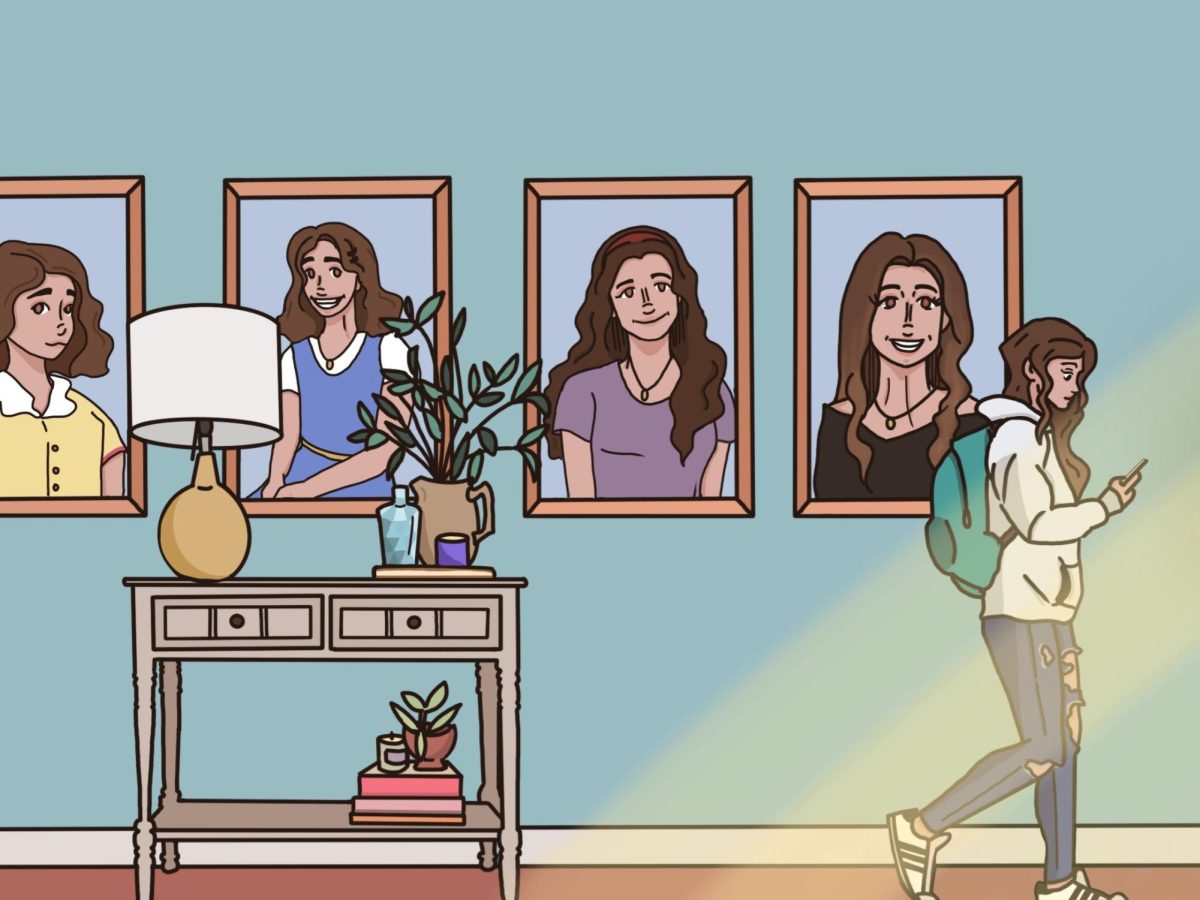The American healthcare system is notorious for its complex yet advanced medical programs, making it one of the most lucrative businesses in the United States. One of the biggest sectors in this industry is hospice care, which is an end-of-life treatment for people with terminal illnesses. The patient, or beneficiary, is given a choice to refrain from curative medication and undergo palliative treatment instead, which seeks to relieve the pain from the condition rather than cure the problem. All services included in the nursing homes and facilities are covered by Medicare, allowing greedy companies to profit without paying a dime. While end-of-life care is generally perceived as a noble and affectionate aspect of healthcare, regrettably, there are instances where immoral practices occur within this industry. Despite the encompassing goal of providing comfort and dignity to individuals in their final stages, some corporations may deviate from ethical standards, such as committing fraudulent schemes, promoting unequal access, and executing fragmented care, leading to troubling consequences.
One of the leading factors behind the greedy financial incentives of palliative care is the fact that most hospice organizations are covered by Medicare, allowing people to concoct fraud schemes. This payment structure, while intended to ensure quality care, creates opportunities for scammers to bill for inaccurate services, admit the wrong patients, and prescribe unnecessary treatments. One such offense occurred in San Bernardino County, California, where ABC News exposed 14 individuals who were arrested for a hospice scam, having “defrauded over 4 million dollars from Medicare and Medi-cal” and had committed felonies such as “insurance fraud, grand theft, and filing fraudulent insurance claims”. This particular hospice company had registered patients into this program without their consent or awareness. In the medical field, this is called the old kickback strategy, otherwise known as an illegal payment to medical providers to refer their beneficiaries to a certain facility. To be specific, patients with non-terminal illnesses were wrongly transferred to palliative care, ultimately risking their health by cutting off the medical care that they needed. When individuals are enrolled in hospice care without a thorough assessment of their actual needs, innocent lives are endangered as they no longer receive necessary medical treatments, potentially increasing their chances of death. This enables criminals, such as the 14 convicted, to earn huge profits while forcing the government to pay for hospice services that do not exist. Rather than prioritizing comfort and empathy for patients, a business is created for profit. Not only does this compromise the integrity of the healthcare system, but also deprives individuals of crucial resources they may genuinely need.
Beyond the financial realm, troubled families may find themselves subject to inadequate care and unnecessary interventions of hospice care. When beneficiaries choose to opt for palliative treatment, they are seeking pain relief rather than finding a cure for their illness. Hence, all services linked to the patient’s condition are under the facility’s responsibility, which is ironic because most hospices cannot offer the bare minimum. A 2012 OIG report from the U.S. Department of Health and Human Services highlights major vulnerabilities in the Medicare Hospice Program, stating that these organizations cannot provide proper plan of care services in “85 percent of general inpatient care stays” and that nursing facilities didn’t meet requirements for “plan of care for 63 percent of claims”. The emphasis on poor care planning of beneficiaries is significant as it is a crucial step in determining the patient’s diagnosis and the relevant treatments. Without this basis, individuals might be given inaccurate medical support that could potentially decrease their chances of life expectancy. Given their poor organizational planning, it’s hardly surprising that hospices slack off on health check-ups, as well. Specifically, most hospices fail to provide visits to their patients, almost minimizing their time to just a few hours per week. The OIG study also mentions that hospices typically give “4.8 hours of visits per week” while being paid “a total of $2.3 million” by Medicaid. On top of that, their assisted living facilities (ALFs) rarely work on weekends, having spent “between 18 and 20 percent of hours” on weekdays, whereas only “4 percent of the hours were provided on Saturdays and 3 percent on Sundays”. Beneficiaries are entitled to a peaceful and comfortable experience in palliative care and are expected to be treated properly. Failure to do so may not only infringe on patient autonomy but also undermine the trust that forms the foundation of the patient-caregiver relationship.
Growing disparities in access to end-of-life care have also become a disturbing trend in the healthcare industry, especially with racial or ethnic minorities in the United States. Victims often face communication and cultural barriers in obtaining quality care to help them or their families. For example, a 2020 survey from Statista, mentioned in the U.S. Agency for Healthcare Research and Quality report, found that white patients made up “82 percent of hospice patients” as opposed to “8.2% for African Americans”, while Hispanics, Asian/Pacific Islanders, and Native Americans made up the rest. The disproportions of minority patients versus white patients not only depict the inequality in hospice care but also in the health industry in general. This could substantially include issues with accessibility, affordability, and the situation, as a whole. Ritchell Dignam, the chief medical officer of VNSNY Provider Services, gives a more in-depth idea of the injustice. He claims that marginalized communities are treated unfairly for several reasons such as “influences of cultural and religious beliefs”, having an idea of an “inferior level of care”, or simply because some hospices are straight-up arrogant. This disparity almost primarily stems from system-related factors, such as health insurance problems, education level, poverty, and socio-economic status. Furthermore, the lack of trust between patients and palliative providers promotes a decreased sense of social sensitivity and awareness due to the providers’ ignorance regarding their patients. A perpetuating cycle of injustice is created, interfering with the industry’s moral standing while tarnishing its reputation.
While it is necessary to understand the consequences of a corrupt healthcare system, it is also essential to acknowledge the significant benefits and virtues that palliative treatment brings to beneficiaries and their families. When a proper plan of care is assigned and every necessary service has been executed, the patient’s family will be grateful for the amount of emotional and physical burden that has been lifted. This allows them to focus on spending time with their loved ones rather than navigating complex medical decisions alone. However, hospice facilities cannot guarantee to provide the comfort and care that many beneficiaries need. It takes time and research to find the best hospice care for a patient, as families should know if the treatment is helpful and if it is worth the money. When innocent people put faith in something they don’t have much knowledge of, they cannot expect to get the results they want. In the end, they may just be compromising a loved one’s life.
As a whole, corruption in the hospice industry poses a significant threat to its ethical goals and the individuals that they work with. The pursuit of financial gain, inequality in accessibility, and lack of quality care, have all contributed to the erosion of trust in the end-of-life care system. To rectify these injustices, a concerted effort is needed to address the root causes of unequal access to hospice care. This includes advocating for policy changes, fostering a culture of inclusivity within the industry, and challenging the profit-driven motives that compromise the fundamental values of end-of-life care. Only through a collective commitment to equality can the end-of-life care industry reclaim its moral integrity and live up to its intended purpose– providing comfort, dignity, and compassion to those in their final stages of life.






































